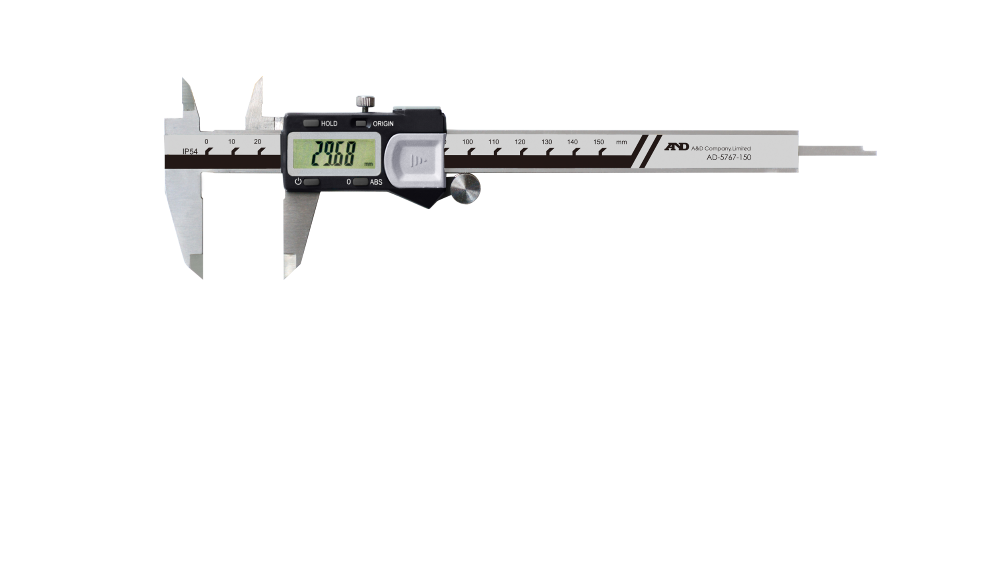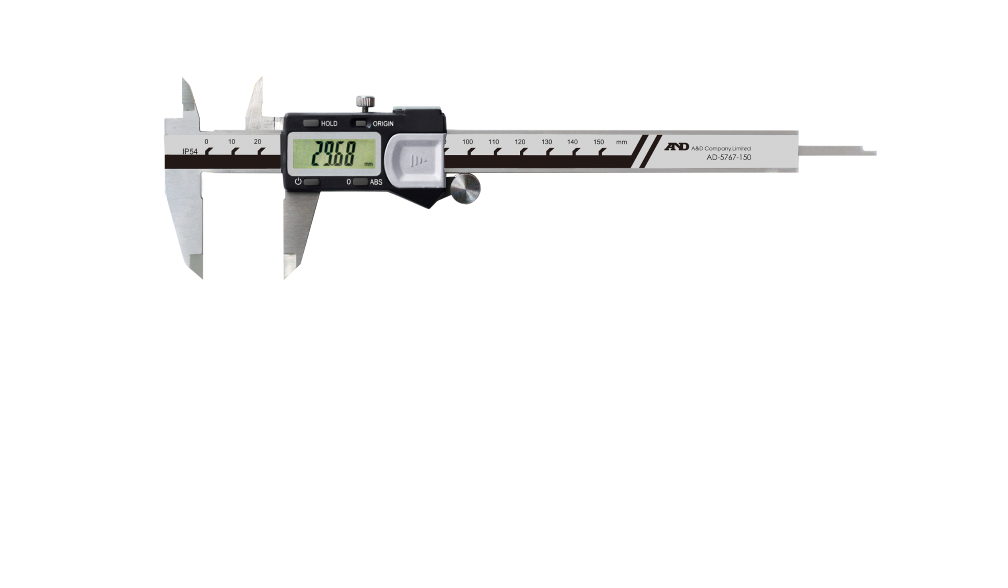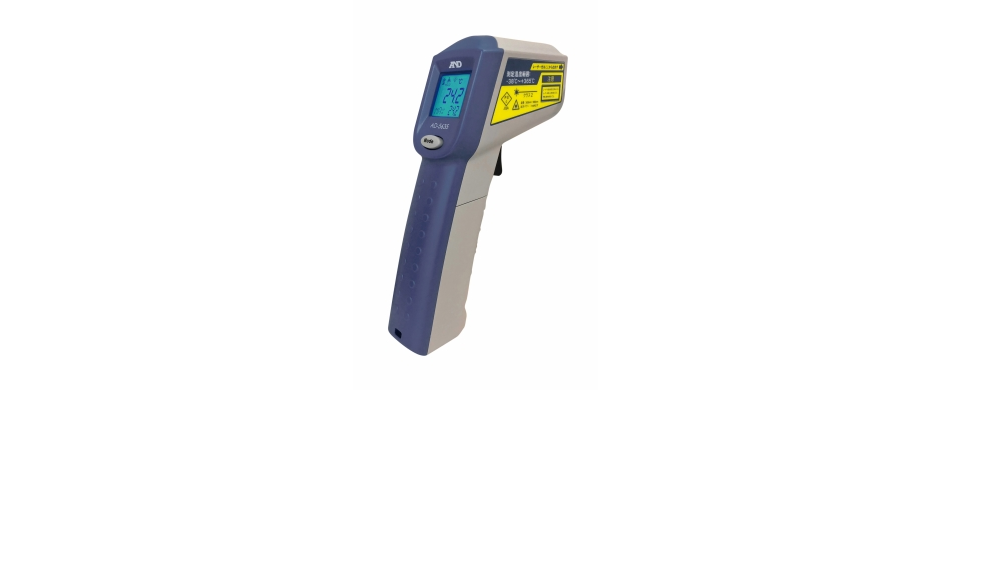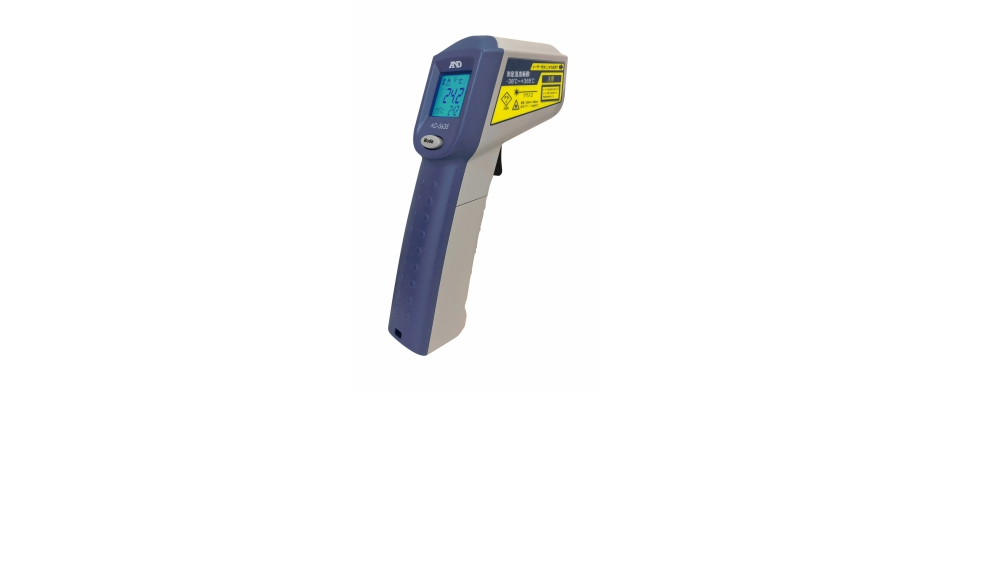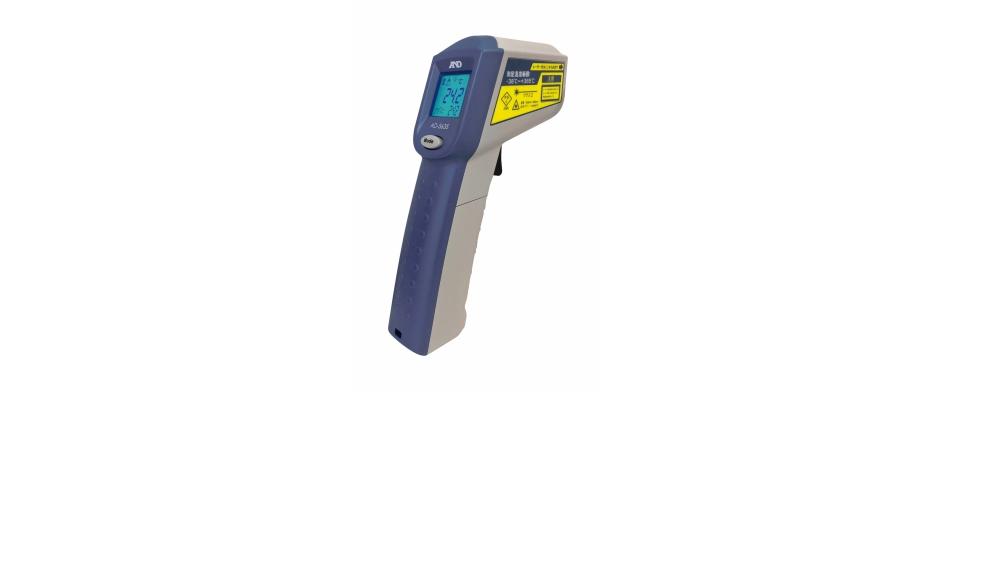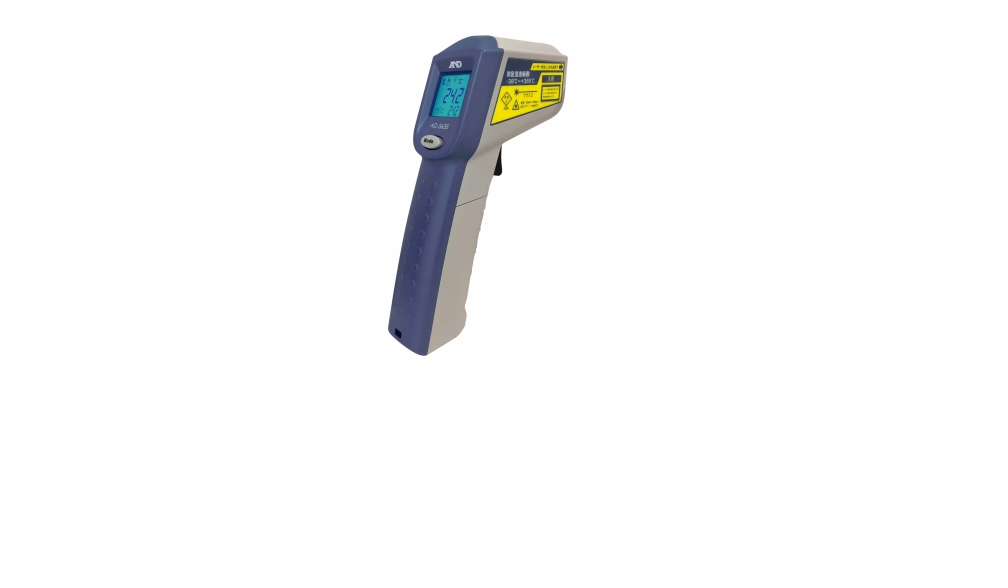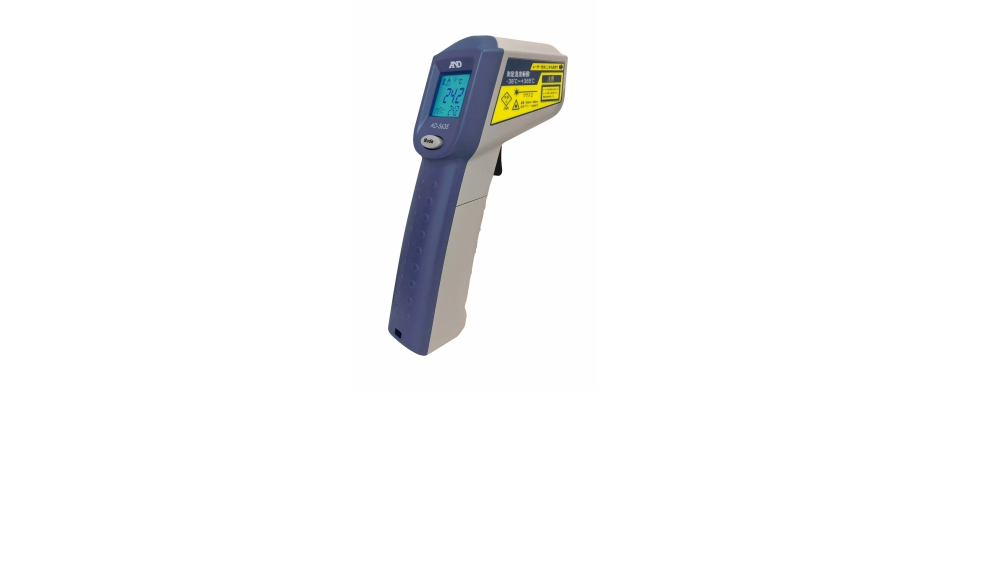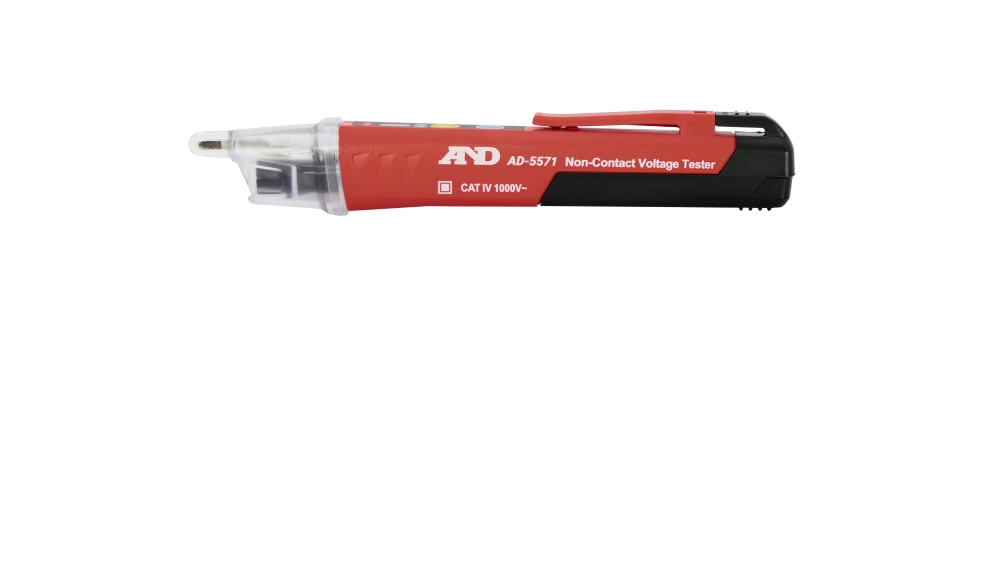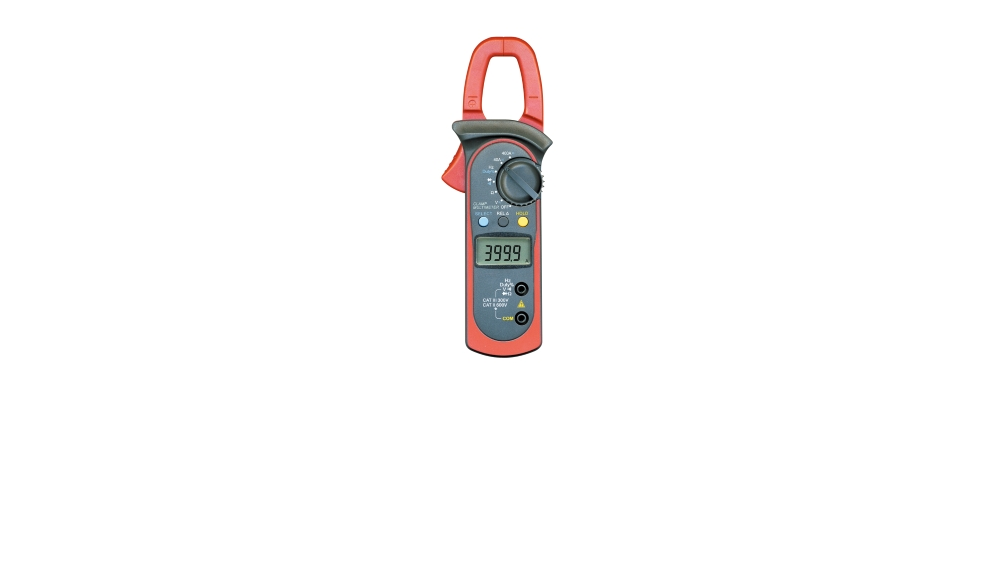A&D >
>
AD-3255 Measurement Principle of Ultrasonic Thickness Gauge (Sound Velocity Adjustment)
AD-3255 Measurement Principle of Ultrasonic Thickness Gauge (Sound Velocity Adjustment)
A&D >
>
AD-3255 The measurement method of an ultrasonic thickness gauge.
AD-3255 The measurement method of an ultrasonic thickness gauge.
A&D >
>
AD5763-300 Factors of Caliper Measurement Error
AD5763-300 Factors of Caliper Measurement Error
A&D >
>
AD5763-200 Four measurement methods of calipers
AD5763-200 Four measurement methods of calipers
A&D >
>
AD5763-150 How to use caliper correctly
AD5763-150 How to use caliper correctly
A&D >
>
AD-5635 What is Emissivity?
AD-5635 What is Emissivity?
A&D >
>
AD-5635 How to set the emissivity
AD-5635 How to set the emissivity
A&D >
>
AD-5635 The relationship between the distance & measurement range (D:S).
AD-5635 The relationship between the distance & measurement range (D:S).
A&D >
>
AD-5635 Advantages and Disadvantages of Contact and Non-Contact Thermometers Contact Thermometers:
AD-5635 Advantages and Disadvantages of Contact and Non-Contact Thermometers Contact Thermometers:
A&D >
>
AD-5635 Measuring Water Temperature in Fishing Using a Radiation Thermometer
AD-5635 Measuring Water Temperature in Fishing Using a Radiation Thermometer
A&D >
>
AD-5635 Measuring Temperature of Water and Glass through Infrared Thermometers
AD-5635 Measuring Temperature of Water and Glass through Infrared Thermometers
A&D >
>
AD-5611A Temperature measurement during cooking using an infrared thermometer
AD-5611A Temperature measurement during cooking using an infrared thermometer
A&D >
>
AD-5611A How to choose an infrared thermometer
AD-5611A How to choose an infrared thermometer
A&D >
>
AD-5701A Improving Work Efficiency with the Pomodoro Technique
AD-5701A Improving Work Efficiency with the Pomodoro Technique
A&D >
>
AD-5709-E Silent timer ideal for work and study
AD-5709-E Silent timer ideal for work and study
A&D >
>
AD-5635 The limitation of the minimum measurement range (size) of an infrared thermometer
AD-5635 The limitation of the minimum measurement range (size) of an infrared thermometer
A&D >
>
AD-5635 How to choose an infrared thermometer
AD-5635 How to choose an infrared thermometer
A&D >
>
AD-5588 Differences between non-contact voltage testers, digital multimeters, and clamp meters
AD-5588 Differences between non-contact voltage testers, digital multimeters, and clamp meters
A&D >
>
AD-5588 How to use clamp meter properly
AD-5588 How to use clamp meter properly


